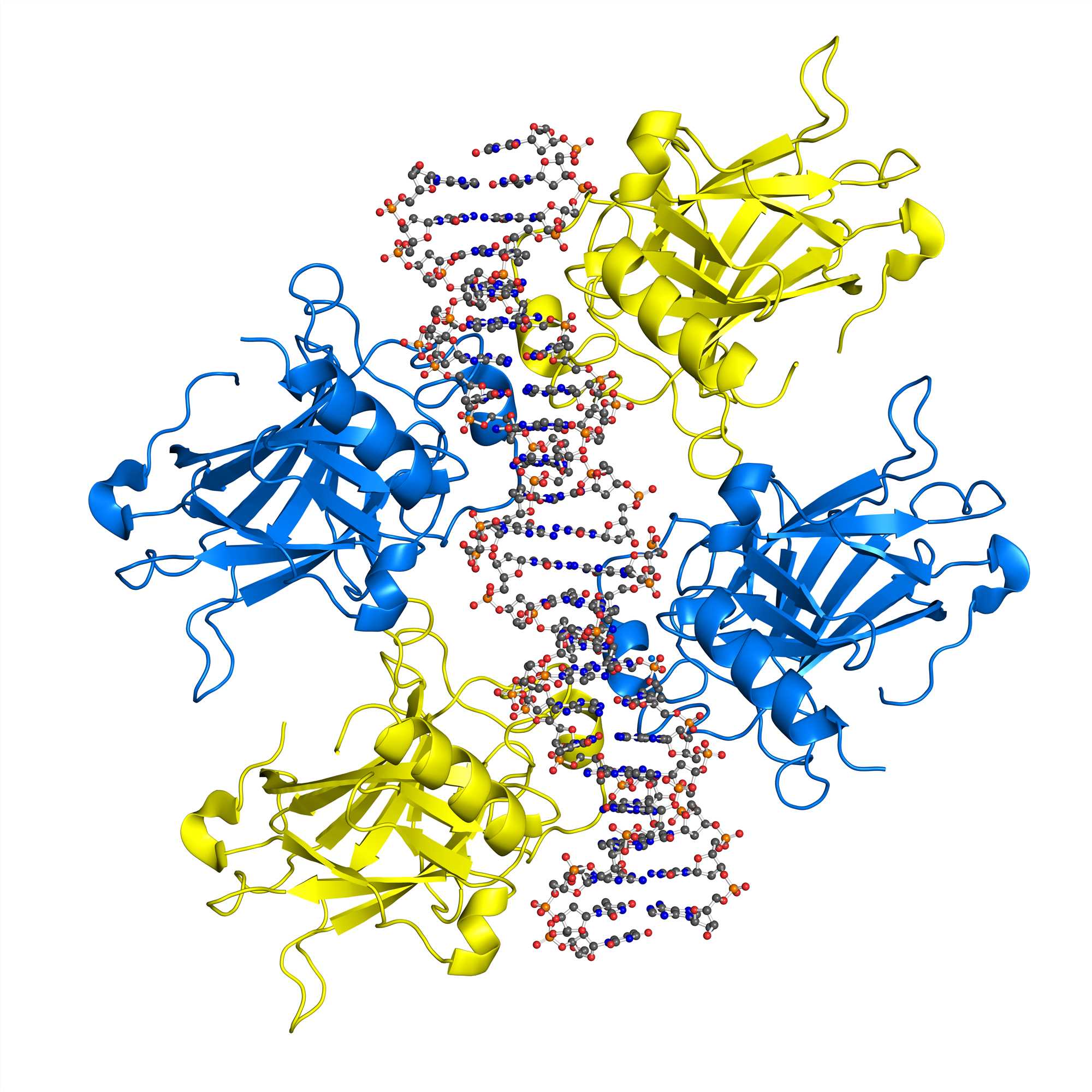With advantages in various aspects, peptides have great potential in immune checkpoint drug development. During the development of immune checkpoint targeted peptide, peptide design is the beginning of the whole process. As an experienced CRO company with robust foundations, Creative Biolabs will be your best partner. With a mature technique system and comprehensive drug development platforms, Creative Biolabs has accomplished hundreds of customer-satisfied projects.
Given their attractive pharmacological profile and intrinsic properties, peptides represent an excellent starting point for the design of novel therapeutics. Their specificity has been seen to translate into excellent safety, tolerability, and efficacy profiles in humans. This aspect might also be the primary differentiating factor of peptides compared with traditional small molecules. Furthermore, peptide therapeutics are typically associated with lower production complexity compared with protein-based biopharmaceuticals and, therefore, the production costs are also lower, generally approaching those of small molecules.
Naturally occurring peptides are often not directly suitable for use as convenient therapeutics because they have intrinsic weaknesses, including poor chemical and physical stability and a short circulating plasma half-life. Some of these weaknesses can be successfully resolved through the traditional design of therapeutic peptides. Besides traditional peptide design, a range of peptide technologies has been emerging that represent the opportunities and future directions within the therapeutic peptide field. These include multifunctional and cell-penetrating peptides, peptide drug conjugates, and technologies focusing on alternative routes of administration.
There is a general notion that second-generation peptide medicines optimized for therapeutic use via rational design will lead to more user-friendly products. Analysis of the structure of the peptide or target protein will help begin a rational design. For instance, according to the structure data, it is feasible to improve the physicochemical properties of therapeutic peptides, which often have a tendency to aggregate or be poorly water-soluble.

Drug design is a time-consuming and expensive endeavor. A detailed statistical picture of the protein-protein interaction sites has excellent utility for improving the efficiency of the drug design process. The amino acid residues contributing to the bulk of Gibb’s free energy of interaction among protein interaction partners are heavily biased towards aromatic and certain charged and aliphatic residues. For this reason, an initial strategy for developing leads for protein-protein interaction antagonists is to examine the structures of the protein interface sites and to select and synthesize peptides that match sequences found there. From a statistical point of view, this approach should have a high probability of success. Evolution has selected the residues found at protein interfaces for particular properties, and we can therefore exploit this selection in the initial phase of drug discovery.
During more than ten years of exploration, Creative Biolabs has gradually developed a comprehensive technology platform and has accumulated extensive immune checkpoint drug development experience. With our practice results, we are confident in bringing our customers high-quality immune checkpoint targeted peptide design services. If you are interested in our services or have any questions, please feel free to contact us for more detailed information.
All listed customized services & products are for research use only, not intended for pharmaceutical, diagnostic, therapeutic, or any in vivo human use.
USA
Tel:
Fax:
Email:
Copyright © 2026 Creative Biolabs. All Rights Reserved.